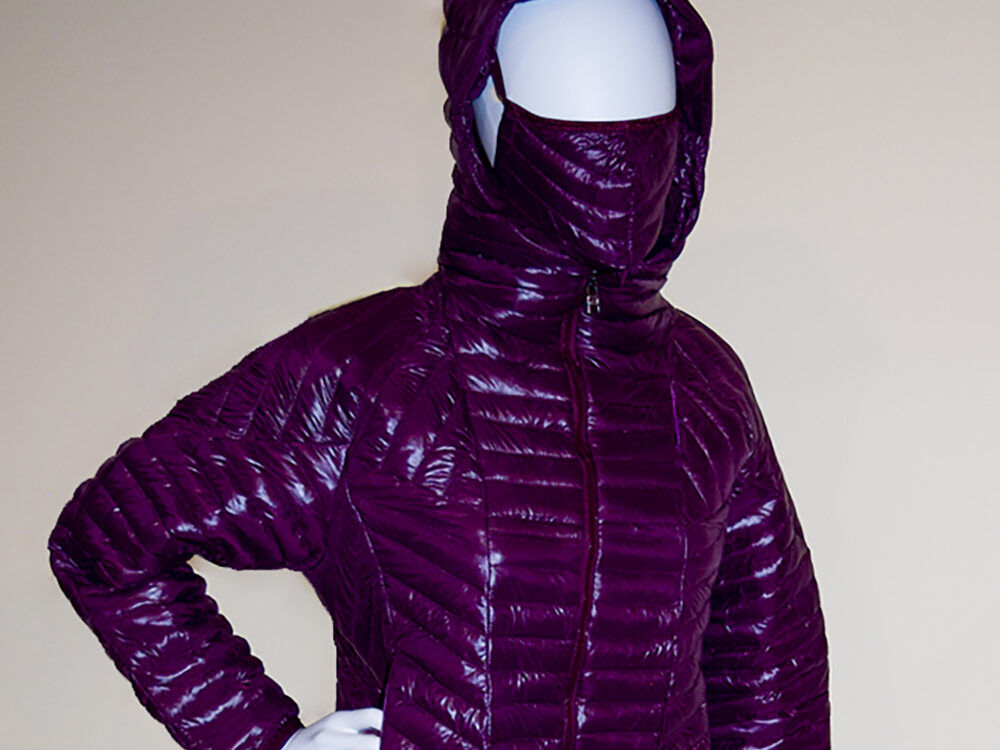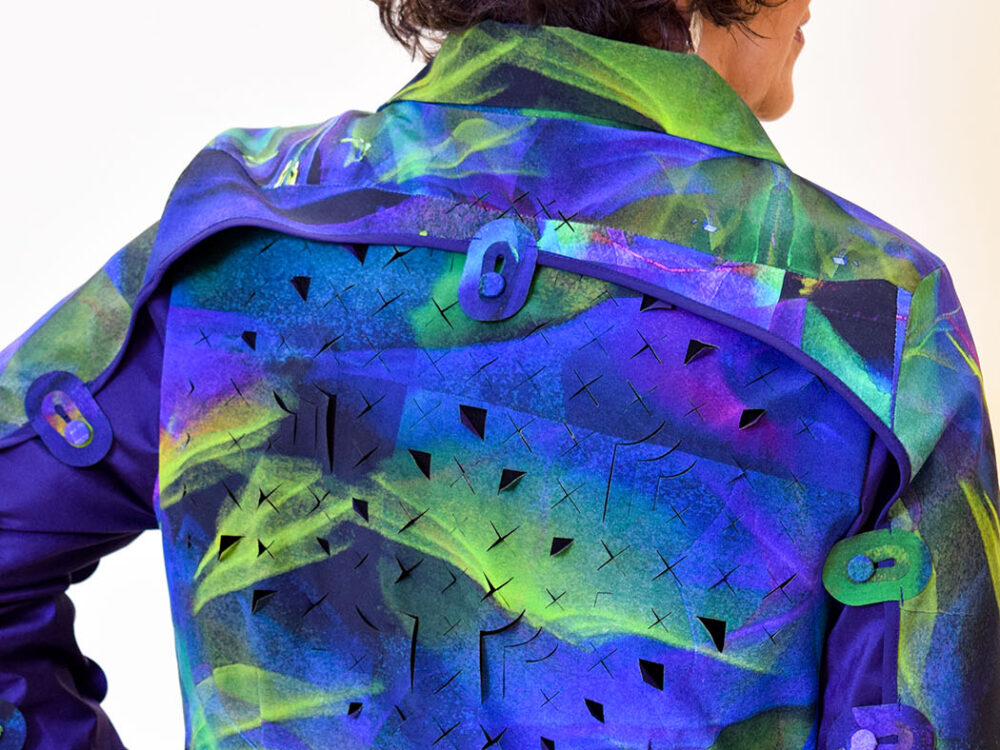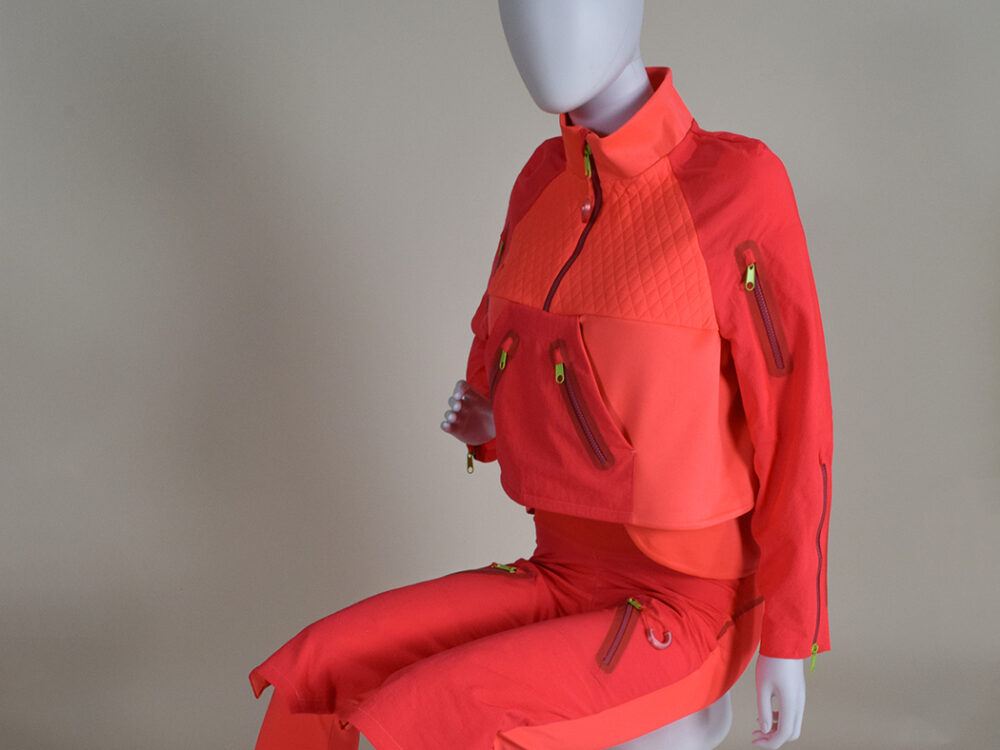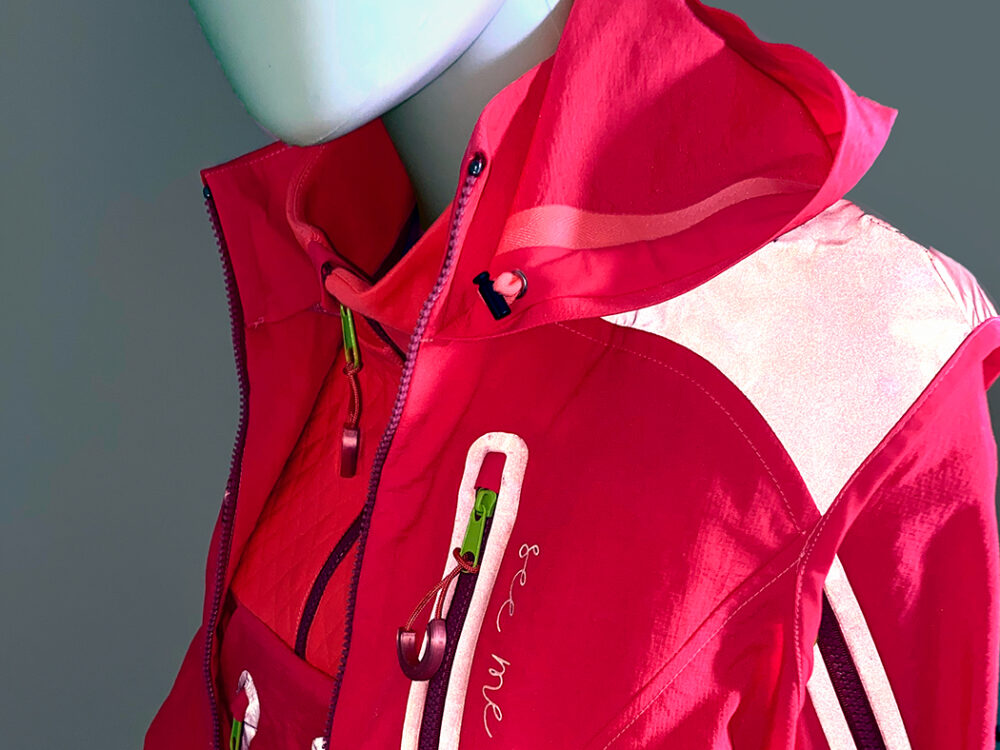Design and Merchandising Inclusive Product Development
One main focus for researchers in the Inclusive Innovations Lab is developing apparel-based product solutions for people identifying as living with disabilities. The products address social and recreational needs through research-based design.
We research, build and, test products that benefit the disability community.
Featured Project Increasing participation in physical activity for persons with paralysis: A pilot study of product and environment-related barriers to full participation.
In our most recent project, we collected pilot data from 23 people with paralysis to learn about how the lack of appropriate products (i.e., apparel, “gear,” equipment) and environmental factors (i.e., inequitable access to exercise classes or outdoor recreation) exacerbate nonparticipation in physical activities. Our research found that the lack of appropriate inclusive products inhibited some people with paralysis from enjoying certain activities. This issue is further magnified because there is a lack of nonaccessible equipment and spaces. These works aim to fill the gap between the functionality, performance, and aesthetics of mass-market performance apparel and the limited adaptive apparel options. The next stage is to develop manuscripts from the interview data and publications that share the culminating findings from the three works of creative scholarship.



Selected Scholarship
Publications
Development of garment design strategies for women with visual impairments
Cho, S., Aflatoony, L., Morris, K., & Uriyo, A. (2020). Development of garment design strategies for women with visual impairments. International Journal of Fashion Design, Technology, and Education, 13(2), 181-189. https://doi.org/10.1080/17543266.2020.1761461.
Design for many, design for me: Universal design for apparel products
Park, J., Morris, K., Stannard, C., & Hamilton, W. (2014). Design for many, design for me: Universal design for apparel products. The Design Journal, 17(2). 267-290. https://doi.org/10.2752/175630614X13915240576103.
Design Scholarship
See Me: Adaptive Rain Kit - Design Scholarship
Morris, K. (2021, November). See Me: Adaptive Rain Kit. See Me is an adaptive rain vest, quarter-zip pullover, and technical legging designed to enhance the visibility and safety of the wearer while surpassing the technological innovation and aesthetics of existing adaptive outerwear. See Me, the title of this work, is a double entendre devised to have a literal meaning -catch one's attention for safety considerations. The second meaning is an appeal to recognize that the person with the disability is, first and foremost, a person. doi: forthcoming
Ice Wine: Adaptive Down Parka - Design Scholarship
Morris, K. (2020, October). Ice Wine: Adaptive Down Parka. A modifiable winter coat that mirrors performance features and aesthetics of non-adaptative outerwear yet ensures independence through easy dressing. Ice Wine features a zip-off lower portion that can go from fitting a person in a seated position to a knee-length parka suitable for people in a standing position. International Textile and Apparel Association, Virtual. doi: https://doi.org/10.31274/itaa.12221
Adaptive Active: Embedding inclusion into activewear
Morris, K. (2019, October). Adaptive Active: Embedding inclusion into activewear. An ensemble that reflects the need for activewear that includes people living with disabilities and cogitates that people with disabilities are physically active individuals. International Textile and Apparel Association, Las Vegas, Nevada. doi: 10.31274/itaa.9544
Afterglow: An equitable approach to design.
Morris, K. & Parsons, J. (2018, November). Afterglow: An equitable approach to design. Universally designed dress jacket featuring a synthesis of digital printing and laser cutting to enhance the coat's comfort and range of mobility for users with upper-body mobility impairments. International Textile and Apparel Association, Cleveland, Ohio. doi: https://core.ac.uk/download/pdf/212846002.pdf





